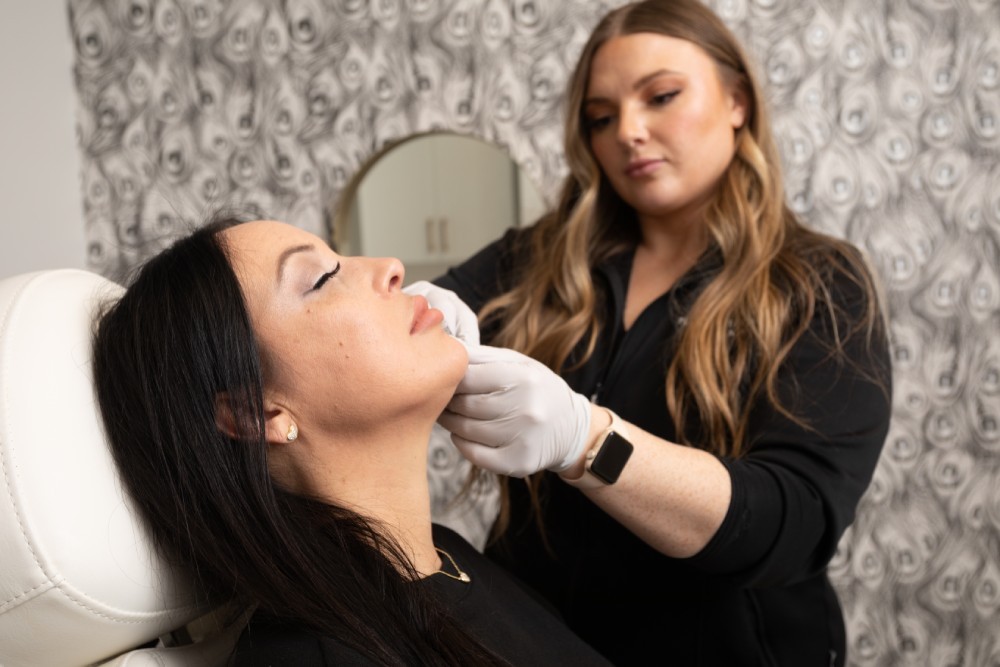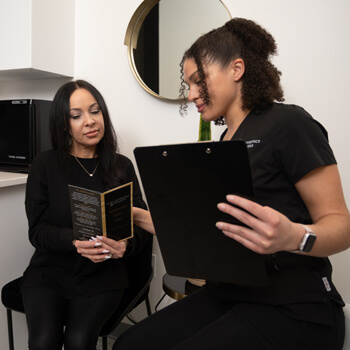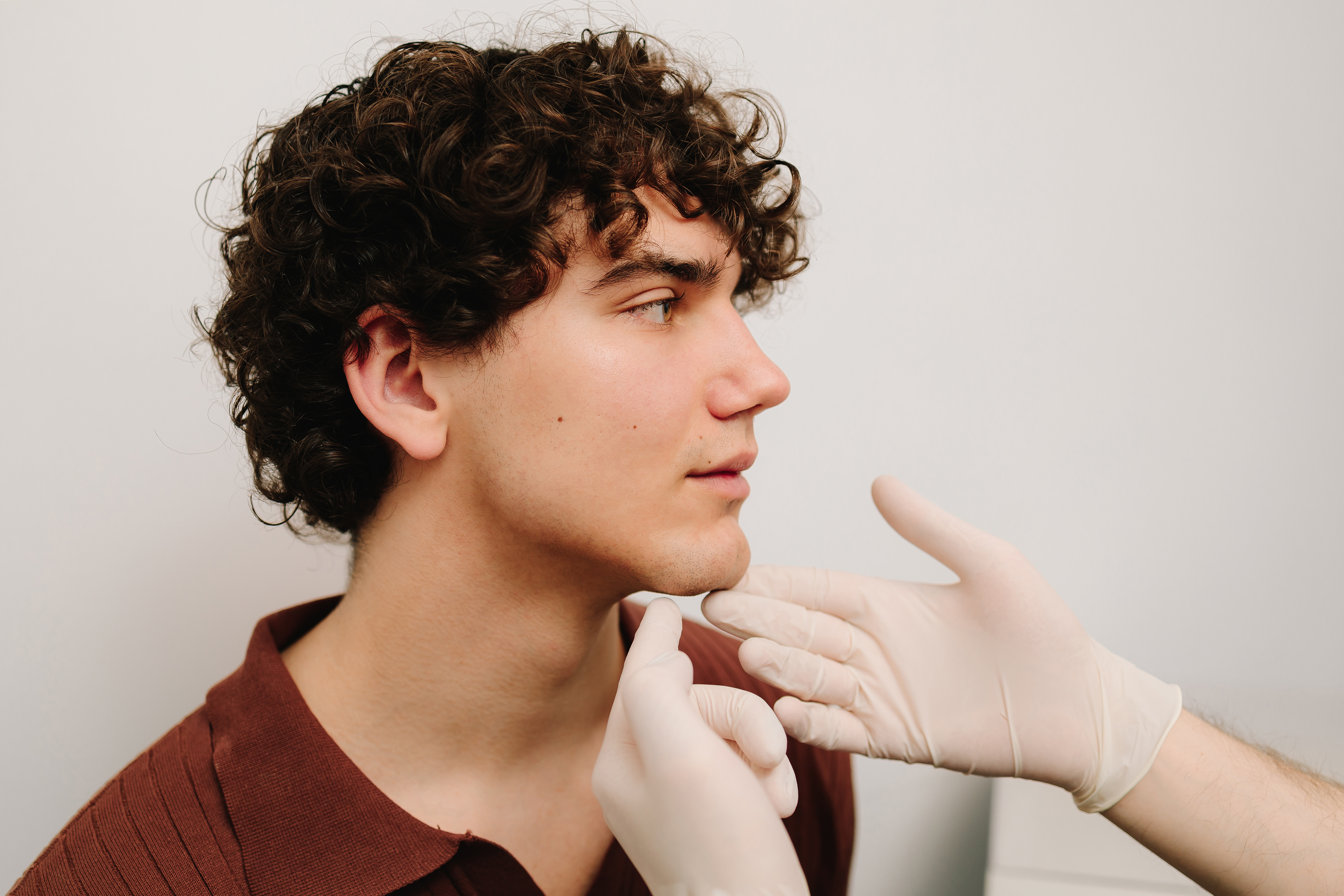Are you looking for a solution to moderate facial sagging or a way to address stubborn fat in the lower face without undergoing a full facelift? FaceTite offers a minimally invasive option that tightens skin and reduces fat in the lower face and under the chin, giving noticeable results without the long recovery associated with more invasive procedures. But how do you know if you’re a good candidate for FaceTite treatment? Let’s explore what makes someone ideal for this procedure and what alternatives exist if FaceTite isn’t the best option.
What Makes a Good Candidate for FaceTite Treatment?
The ideal candidate for FaceTite treatment typically has moderate laxity in the skin around the lower face or neck. If you’ve noticed sagging but don’t feel like a facelift is necessary, FaceTite can help lift and tighten these areas while also addressing excess fat. The treatment is best suited for individuals who:
- Have moderate skin laxity: Patients experiencing sagging skin around the jawline or chin area are often ideal candidates.
- Have some fat buildup: Many patients have a larger submental area (under the chin), where both skin tightening and fat reduction can create a more sculpted appearance.
- Are looking for a less invasive option: Those who want to avoid the extensive downtime associated with a facelift but still desire noticeable results find FaceTite appealing.
If you’re noticing a little extra fullness in the lower face or neck and want a slight lift, this treatment might be perfect for you.
When FaceTite May Not Be Enough
While FaceTite is a fantastic option for moderate skin laxity and fat reduction, it does have its limits. If someone has extreme laxity, where the skin is too loose, the results from FaceTite may not meet expectations. In such cases, a traditional facelift may be recommended.
We also see patients with minimal skin sagging or fat buildup, who may not need a treatment as intensive as FaceTite. For these patients, other non-invasive or semi-invasive treatments can address their concerns effectively. At our clinic, we offer a variety of alternatives that cater to different levels of skin laxity and fullness.
Alternative Procedures for Non-Candidates
For patients who are not good candidates for FaceTite treatment, we make sure to offer alternative solutions that may be more suitable for their needs. For example:
- Non-invasive skin tightening treatments: We offer non-surgical options for patients with mild skin sagging who don’t require the full effect of FaceTite.
- Facelift referral: For those with extreme skin laxity, we often recommend consulting with a plastic surgeon to explore more invasive options like a facelift.
At the end of the day, it’s about selecting the right procedure that matches your unique goals and physical condition.
What to Expect from FaceTite Treatment
The FaceTite procedure itself is typically a one-and-done treatment. Patients often see noticeable improvement after just one session, although in some cases, a second treatment may be recommended.
Here’s what to expect during and after the treatment:
- Anesthesia and swelling: We use lidocaine administered through a tumescent fluid to numb the area, which will cause some swelling immediately after the procedure. The swelling often makes patients look like a “bulldog,” but this typically subsides in 48 to 72 hours.
- Immediate results despite swelling: Despite the swelling, many patients see results right away, particularly if they had a significant amount of fat removed from the submental area.
- Post-treatment recovery: One important factor to consider is the need for a compression dressing. After the procedure, we recommend wearing this head wrap for at least six weeks, with the first week requiring 24-hour wear. This might not fit into everyone’s lifestyle and is something to consider when deciding if FaceTite is right for you.
Considerations: Compression Dressing and Downtime
It’s essential to keep in mind that, despite being minimally invasive, FaceTite does involve some downtime. Wearing a compression dressing for six weeks, especially during the first week, may be a hurdle for some patients. In our fast-paced world, many of us want immediate results with little to no downtime. While FaceTite offers impressive results with less recovery time compared to a facelift, the commitment to the compression wrap is a necessary part of the recovery process.
For some, this downtime is a dealbreaker, and it’s crucial to weigh the benefits against the potential lifestyle disruption. If you’re considering FaceTite but have concerns about wearing a compression dressing, there are alternative treatments with less required downtime that we can explore together.
In Summary
FaceTite is an excellent option for patients with moderate skin laxity and a bit of fat in the lower face or neck, looking to achieve noticeable results without undergoing a full facelift. However, it’s important to consider the recovery time, including the need to wear a compression dressing for several weeks. If you’re not an ideal candidate for FaceTite treatment, there are plenty of other options available, from non-invasive treatments to traditional facelift referrals.
If you’re still unsure whether FaceTite is the right fit for you, contact us today, and we’ll help guide you through the best treatment options based on your individual needs.









